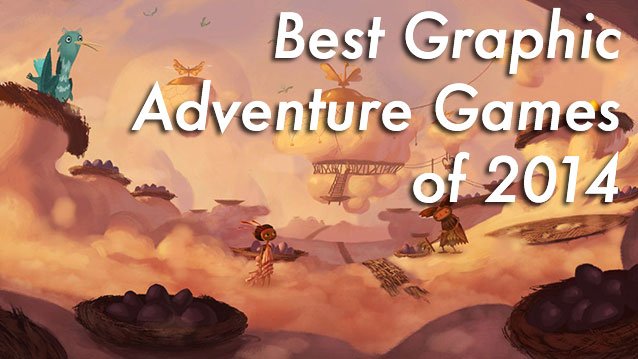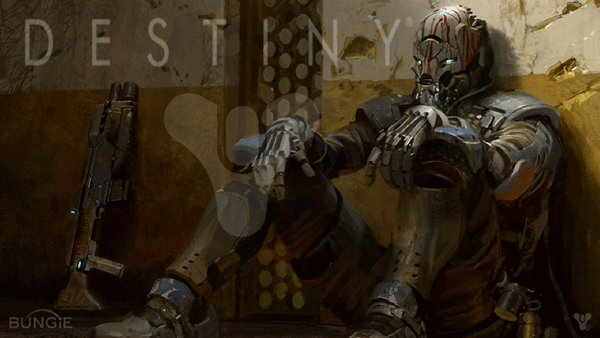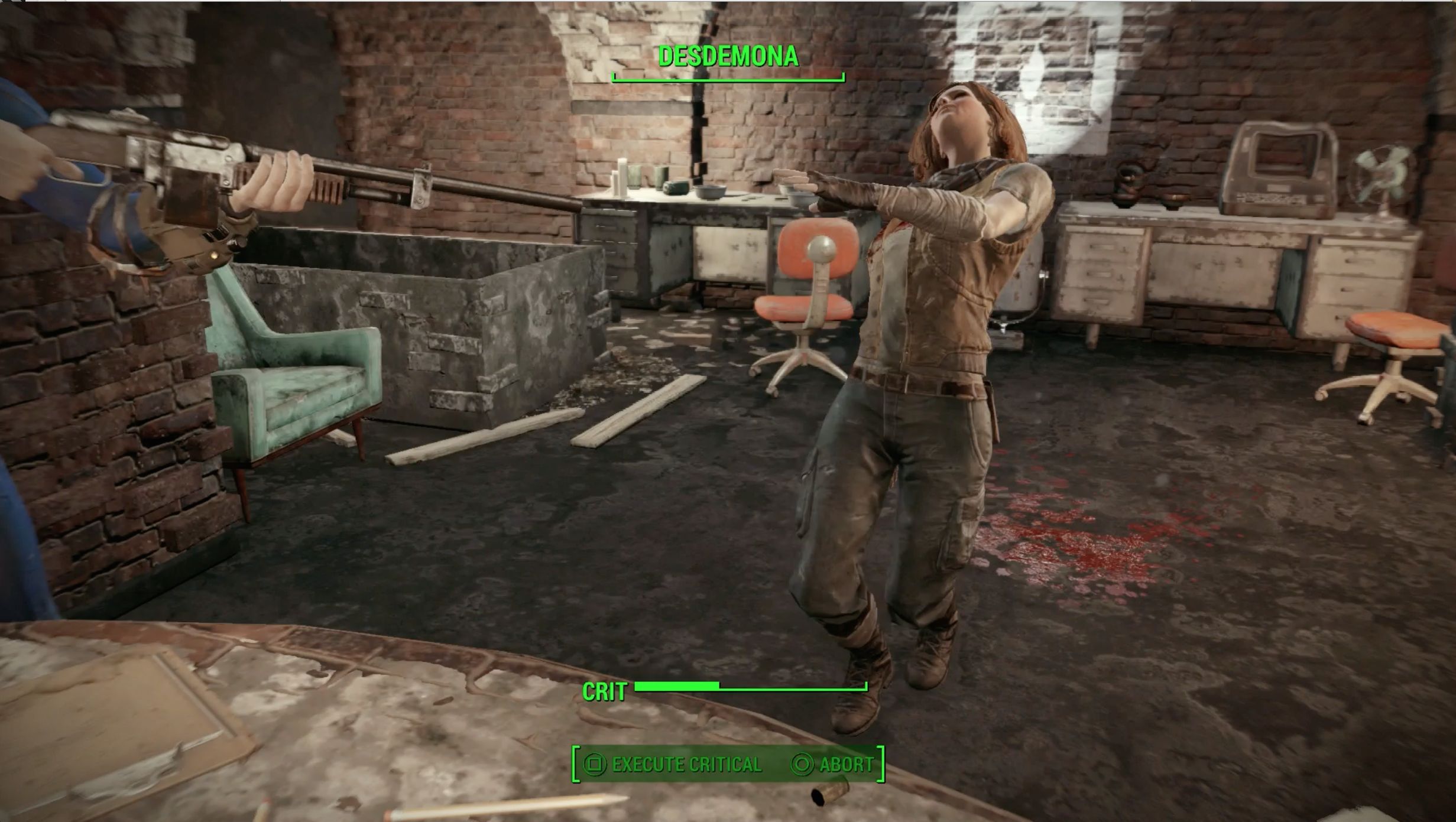

When you first start playing Fable III, you’ll be forgiven for suspecting that Peter Molyneux has finally gone mad. Throughout Lionhead's action RPG sequel, you’ll be bombarded with design decisions which seem to have been made just for the sake of changing something, or even worse, simply for the sake of being quirky. It will all feel very odd. But give it time. Stop thinking about why things are the way they are. Accept them and just get on with it.
Within a few hours you’ll find that Molyneux’s marvellous lunacy is all with definite purpose. The realisation will creep up on you slowly, but when it takes hold you’ll discover that Fable III is a subtly clever beast indeed, and one of the most infectious and affecting RPG experiences of recent years. Though certainly not a niggle-free one.
Following Fable II’s epic broad strokes, part three is a very much more streamlined, focused take on the franchise formula. In both central story and core gameplay mechanics, this is a no-nonsense, to-the-point Fable which nevertheless manages to plug into your intellectual and emotional faculties in an arguably more pervasive sense than its predecessor.
You’re dropped straight in at the deep end from the moment the fantastic opening cut-scene ends. You’re a fully-formed adult royal this time, the son or daughter of Fable II’s now-deceased hero. No childhood preamble this time around. No emotive back-story context. After Fable II’s drawn out introduction, it feels a little alienating, but the speed with which you’re pulled through the story’s opening exposition doesn’t give you time to stop and think about this for too long. Your older brother is the king of Albion, and the king is a bastard. The people are oppressed. The children are under-educated and over-worked. Industry and cold steel rule over hope and freedom. Overall, Albion has turned into a right old grim place to live.
Forcing you to make a swiftly-imparted, emotionally tormenting decision in its opening hour, Fable III immediately makes its MO known, and drops your first hint at how the changes it has made are to make this new, more economical iteration such a powerful experience. And in traditional Lionhead style, it all comes down to the way you interact with its world.
Your opening decision – a judgement over the fates of recently-introduced characters – shouldn’t really bother you. You’ve only just met these people, and they shouldn’t mean crap to you. But you’ll really, really care. Because one of them has just been introduced alongside Fable III’s much-vaunted touch mechanic. A quick stab of the left trigger and you’ll hold an NPC’s hand. This allows you to lead them –or drag, depending on context - around the world with you.
It sounds like a simple gimmick, but ye gods, you’ll be shocked by how powerful a bond you gain with a character once you have physical command over their actions. There’s a sense of responsibility for, and closeness to them that you just won’t find with any kind of automated NPC interaction system.
So regardless of the brevity of your relationship, the decision you’re forced to make comes as an almighty kick in the stones. And following it, you’re almost immediately out in the big wide world. Your brother has taken things too far, a rebellion is needed, and it’s up to you – along with your trusted butler Jasper and your childhood mentor Sir Walter – to travel Albion drumming up an insurgent force.
In a bare-bones appraisal, this works no differently to the traditional action RPG model (meet characters, find out what they want, achieve it via a combat-driven dungeon-crawl, get them on side), but thanks to Fable III’s idiosyncratic new interface and the story’s darker, harder edge, it all means so much more.




 Turok Dinosaur Hunter (Remastered): System requirements
Turok Dinosaur Hunter (Remastered): System requirements Game Pricing is Broken
Game Pricing is Broken 5 Ways Endless Legend is More Exciting Than Civilization V
5 Ways Endless Legend is More Exciting Than Civilization V How to buy Destiny Weapons and Armors from Faction for PlayStation and Xbox
How to buy Destiny Weapons and Armors from Faction for PlayStation and Xbox Fallout 4: End of the Line walkthrough
Fallout 4: End of the Line walkthrough